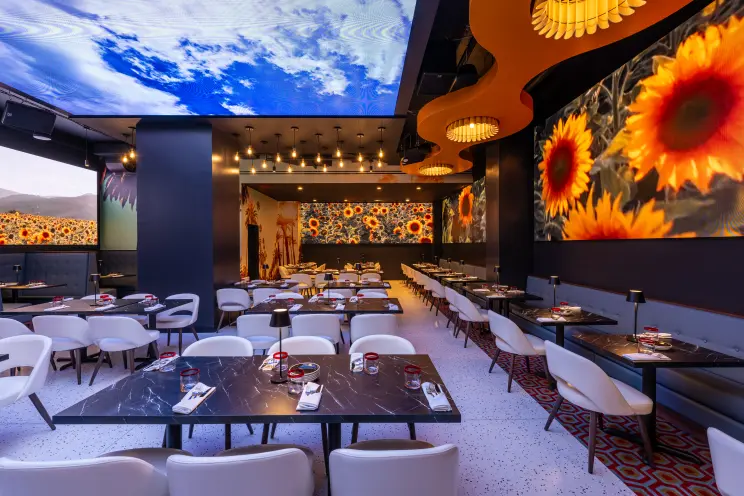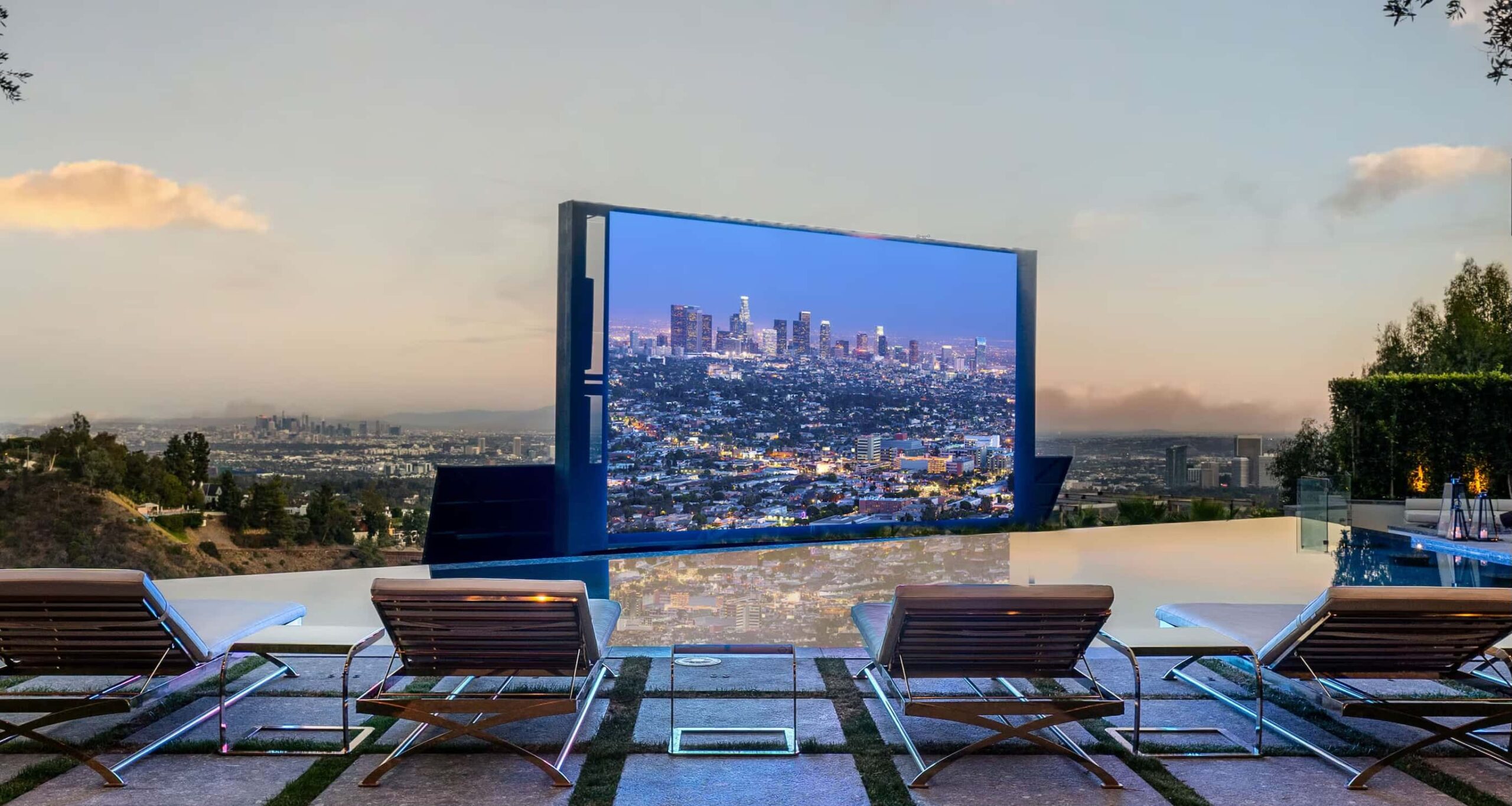

1.1 Pixel Pitch (mm)
1.2 LED Package Type
1.3 Diode Color: Black vs White
1.4 Shader Mask / Surface Finish
1.5 LED Binning & Consistency
2.1 Brightness (nits)
2.2 Contrast & Black Level
2.3 Refresh Rate vs PWM
2.4 Grayscale & Bit Depth
2.5 Color Gamut & White Point
2.6 Uniformity & Calibration
2.7 Viewing Angles
2.8 Moiré Control (for cameras)
3.1 Driver IC Brand/Spec
3.2 Scan Ratio
3.3 Receiving Cards (per cabinet)
3.4 Sending/Control
3.5 Latency
4.1 Cabinet Type
4.2 Cabinet Size & Tolerances
4.3 Serviceability
4.4 Curves & Corners
4.5 Protection & Durability
4.6 Noise & Cooling
5.1 Mounting Method
5.2 Structural & Permits
5.3 Alignment & Commissioning
5.4 Accessibility
6.1 IP Rating
6.2 Operating Range
6.3 Sunlight & Glare
6.4 EMC/EMI
6.5 Fire & Safety
7.1 Power Architecture
7.2 Consumption
7.3 Electrical
8.1 Processors
8.2 Connectivity & Distance
8.3 Software
9.1 Burn-In & QA
9.2 Spares & MTBF
9.3 Warranty & RMA
9.4 Batch Matching
| Option | Best For | Pros | Cons | Watch-outs |
|---|---|---|---|---|
| SMD Black-face | Premium indoor, retail, showrooms | High contrast, broad ecosystem | Slightly less raw nits | Ask for matte mask, high-PWM IC |
| SMD White-face | Bright indoor/window | More raw brightness | Worse blacks/contrast | Looks washed in dim rooms |
| COB | Touchable/robust, fine pitch | Very durable, deep blacks, wide angle | Repair complexity, cost | Confirm local service & spare policy |
| GOB (encapsulated SMD) | Public areas, rental abuse | Impact/water resistance | Slight haze risk | Inspect in person for clarity |
| Fixed-install cabinets | Thin, clean installs | Slim, front-service | Not for constant re-rig | Confirm front-service depth |
| Rental cabinets | Touring/live events | Fast locks, protected edges | Thicker/heavier | Check corner wear, spares |
| High brightness (≥3000 nits) | Windows/outdoor | Cuts glare, daylight visible | Power/heat/noise | Auto-dimming + robust power planning |
| High refresh/PWM | Filming/live IMAG | Flicker-free, smooth motion | Higher cost | Verify with your camera test |
| Common-cathode | Energy-sensitive installs | Lower heat & draw | Not universal | Validate real-world meter readings |
| Front-service magnets | Tight spaces | No rear access needed | Magnet wear over time | Spares for magnets & tools |
| Curvable frames | Creative shapes | Visual impact | Complexity & cost | Tolerances to avoid seam gaps |